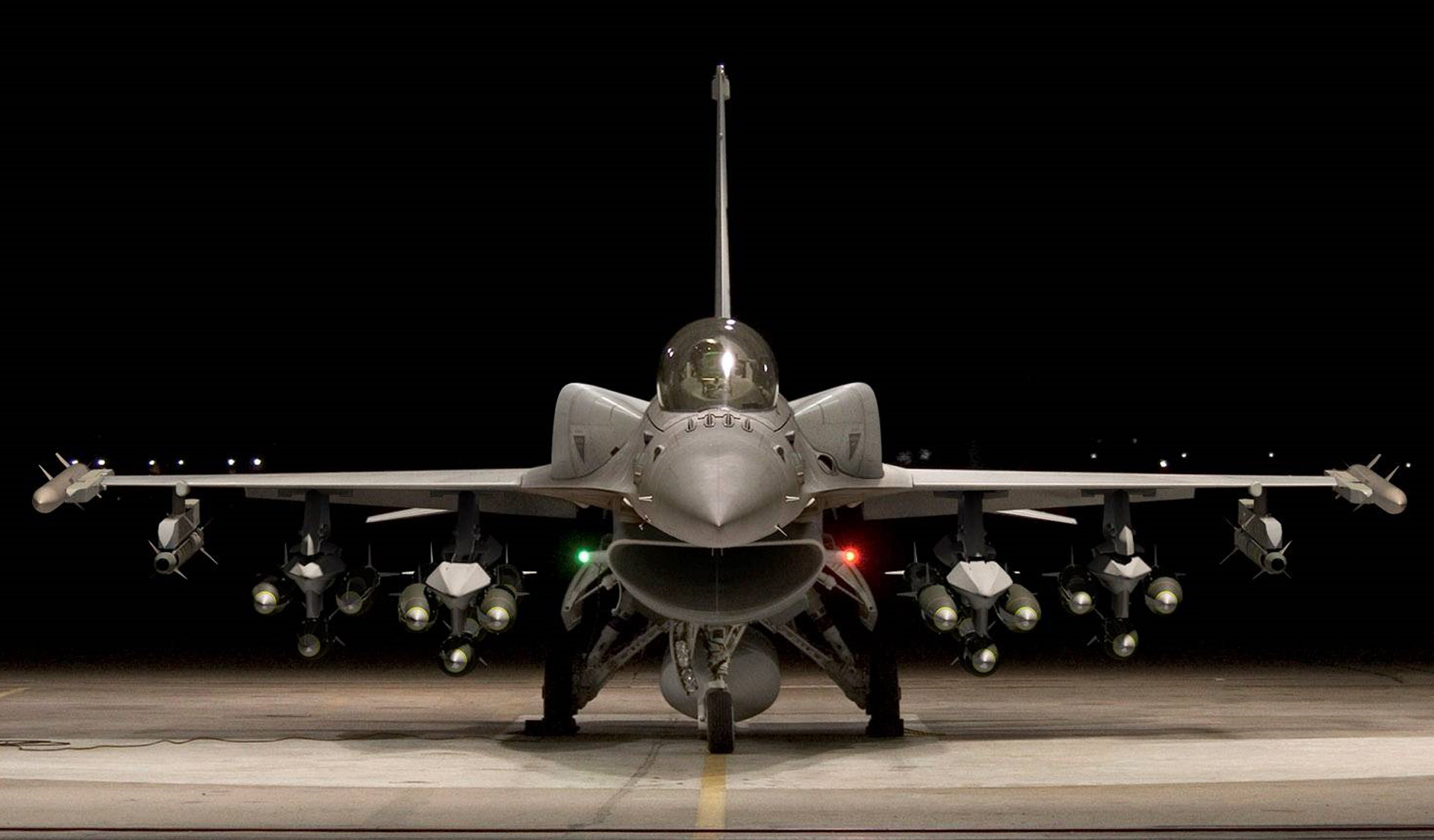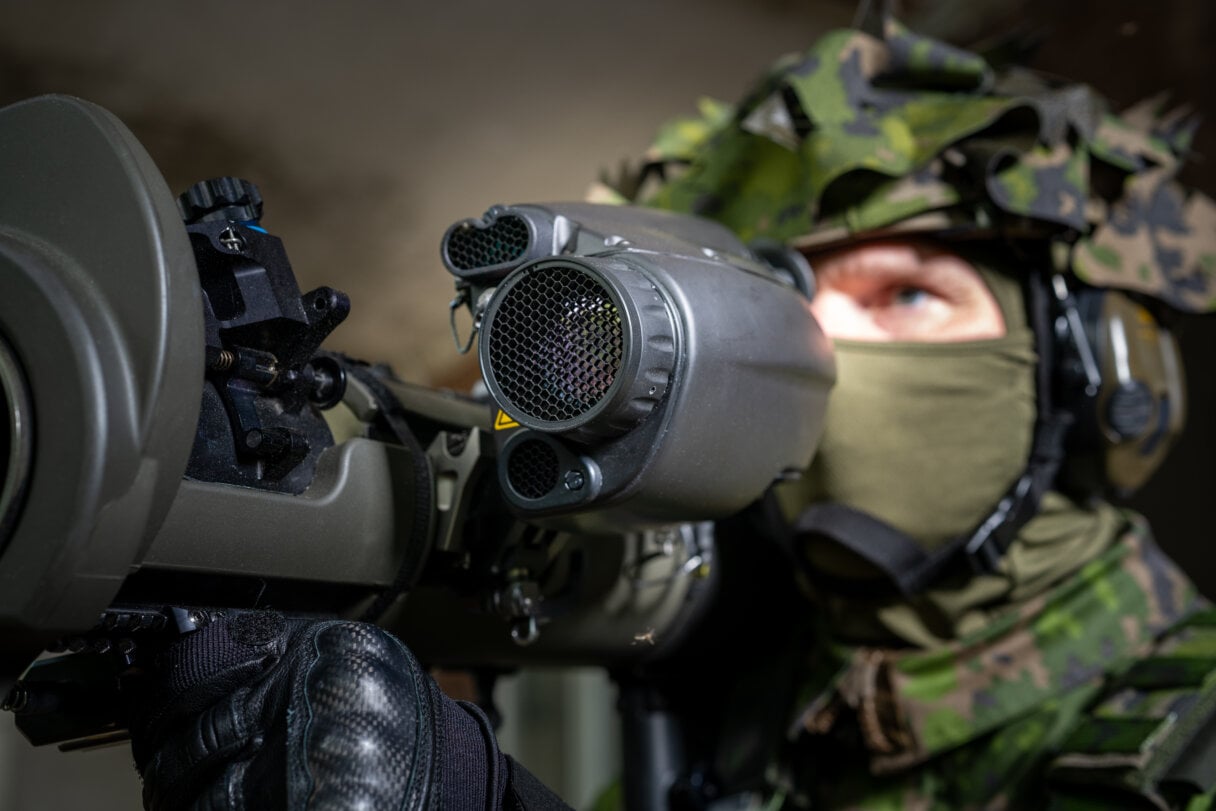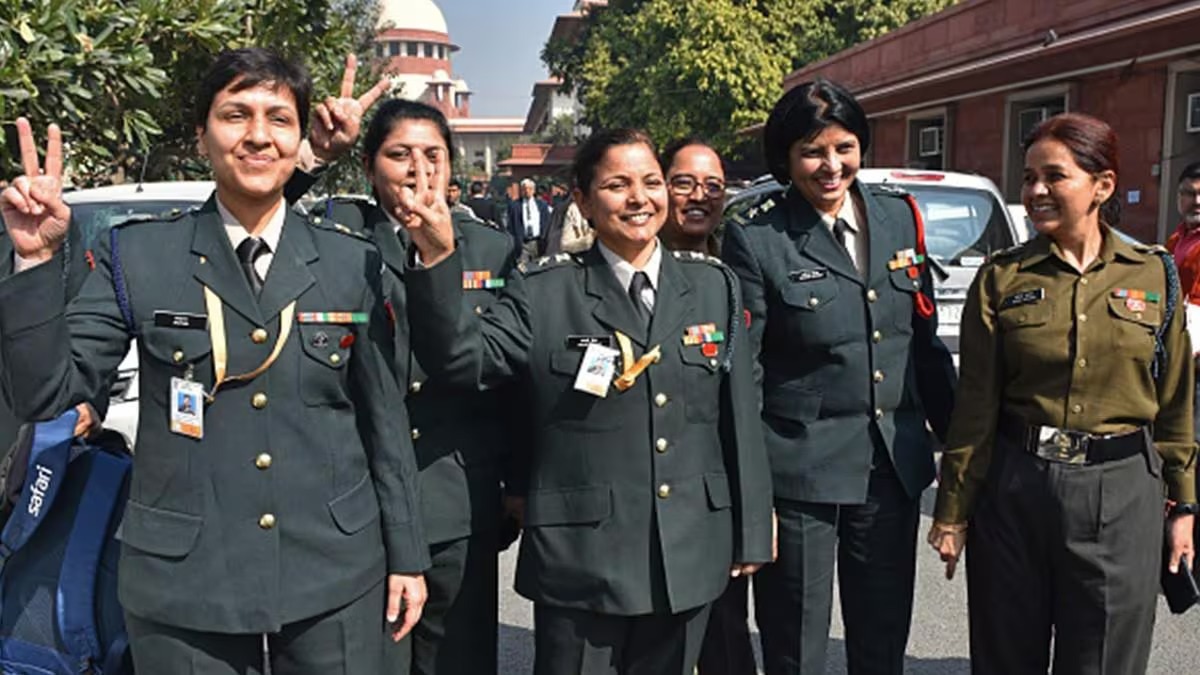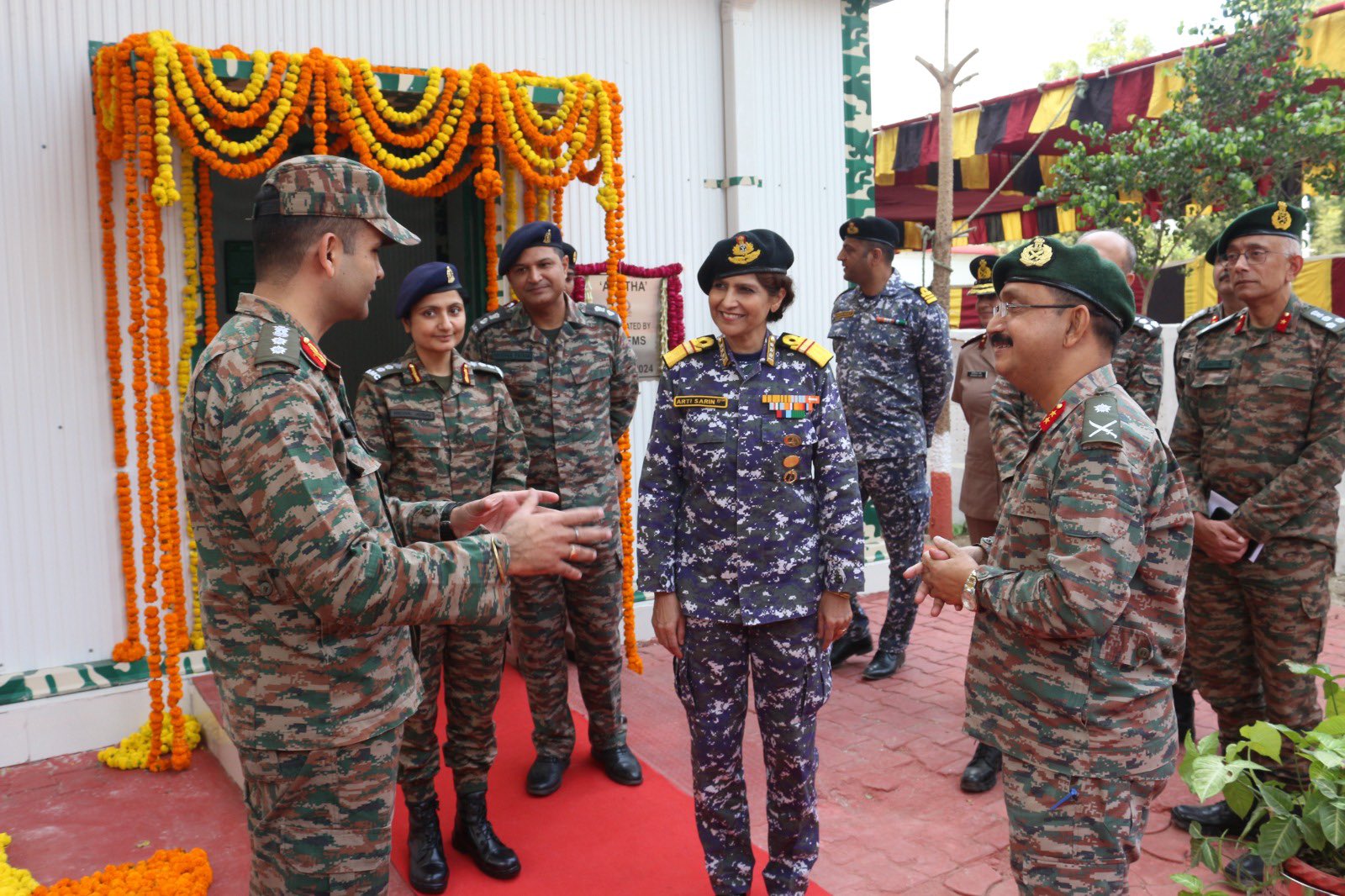US Air Force Contracts Elbit Systems for F-16 Head-Up Display Replacements
The U.S. Air Force has awarded Elbit Systems of America a significant contract aimed at modernizing its fleet of F-16…
Saab Contracts Senop to Deliver Advanced Fire Control Device Thermal Imager for NATO Nation
Saab has secured a contract with Senop to provide its latest advanced thermal imaging solution, the Advanced Fire Control Device…
Indian Army Unveils Revolutionary Tech to Extend Tank Engine Life and Reduce Fuel Consumption
In a significant advancement for India's defense capabilities, the Indian Army has embraced a groundbreaking technology designed to enhance the…
Army Officer’s Review Raises Concerns Over Challenges Faced by Women Commanding Officers
In a candid assessment of the integration of women Commanding Officers (COs) within the Army, a top officer has raised…
Indian Navy to Celebrate Navy Day in Puri with President Murmu as Chief Guest
The Indian Navy is poised to celebrate Navy Day in Puri on December 4, with President Droupadi Murmu anticipated to…
Surg Vice Adm Arti Sarin Visits Oncology Patients at Command Hospital Central Command
Surgeon Vice Admiral Arti Sarin, AVSM, VSM, Director General Armed Forces Medical Services (DGAFMS), visited the Oncology and Onco-Surgery ward…






